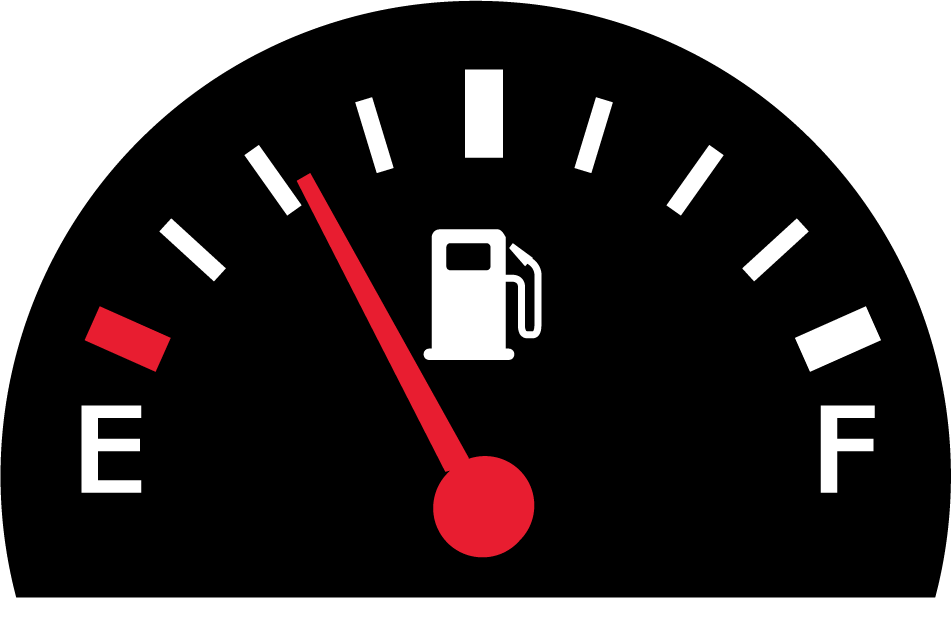
Despite charging punitive fuel rates, most rental operators still lose money on fuel. The problem is that they lose smaller amounts on each rental, and try to make it up on the few customers who return with less fuel. The result is a poor customer experience and continued fuel losses. So, what is the root cause?
The Pickup Process – Is the tank really full?
When a customer picks up a rental car, the fuel gauge usually looks full. But is it really full? Everyone renting a car can tell you that after driving up to 40 miles on a full tank, the fuel gauge will still appear full. So, from the rental customer’s perspective, he/she doesn’t have a lot of confidence that the car is truly full on pickup. This becomes really relevant at the end of the rental trip when an operator might want to charge the customer for fuel.
The Return Process – Near full returns
When a customer is ready to return a rental car, 1 of 2 things usually happen –
1) He/she doesn’t really fill the tank up all the way.
2) He/she fills up the tank all the way (to the click), but then they drive between 10 – 30 miles to the return location.
On average, customers return the vehicle 1.6 gallons less than a full tank. However, because the fuel gauge appears to be full, or within the rounding error of full, rental agents consider it a full return. The near-full return accounts for approximately 60% of fuel loss at rental operations. This ~$3.50 fuel loss per return adds up to $20 per vehicle, per month. Rental operators usually try to make up for this loss by charging punitive rates when customer return with a less than full tank, creating even more customer service issues.
The Return Process – Less than full returns
How do you charge customers for fuel when they return with a less than full tank – what price and what volume? Most operators charge a punitive fee (ranging between 2-3x the pump price). But what about volume? Do you round in the favor of your customers? On average, by rounding in favor of customers, rental agents actually shortchange their operators by 0.8 gallons per “less than full” return. When you are charging $6/gallon, you are potentially leaving $5.40 on the table. What’s even worse, is that customers still have the perception that they are being ripped off, for 2 reasons – 1) was the tank really full at pickup? and 2) $6/gallon is a too high of a price.
Recommendations
1) Start measuring precisely!
2) Be transparent to your customers and give them the precise fuel level at pickup. If the vehicle is at 98.75% full, they should know.
3) Charge close to the pump rate (plus a flat convenience fee) and consider giving a fuel credit when a customer overfills the tank.
Your customers will remember it as the best rental experience they’ve ever had, and you will eliminate your fuel loss. Welcome to a much more profitable future!
This article was written by JumpDrive founder, Sachin Chaudhry.
